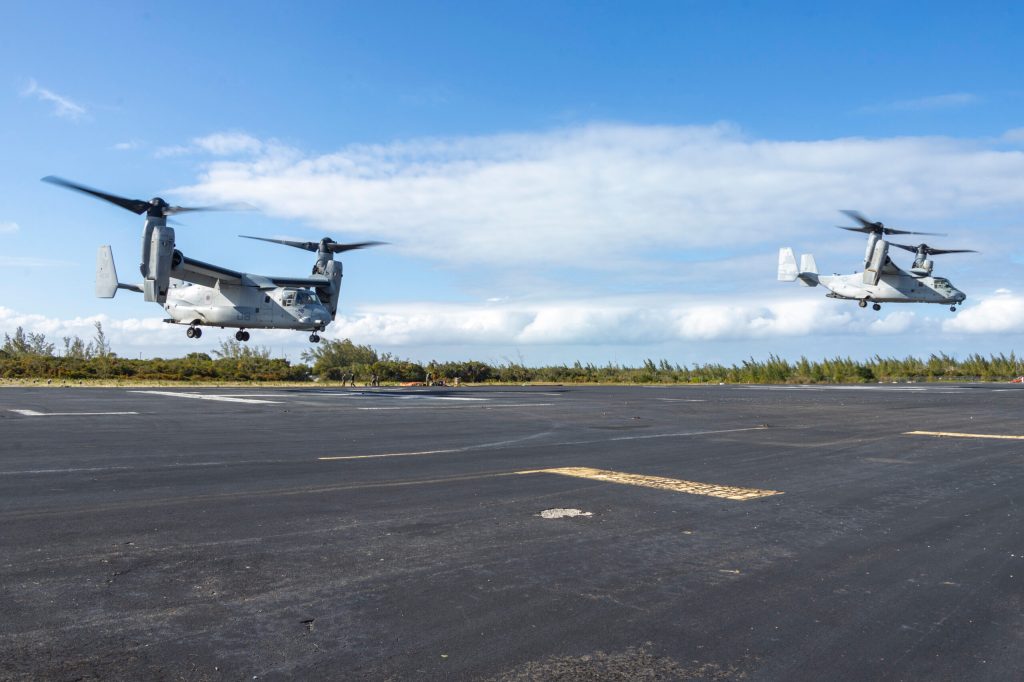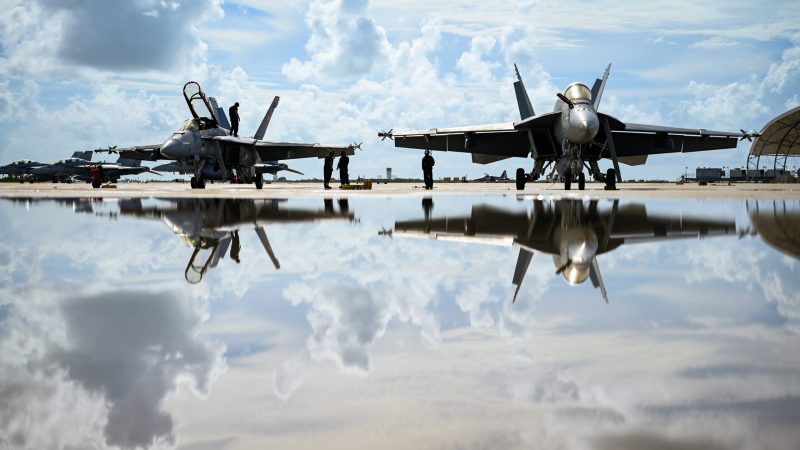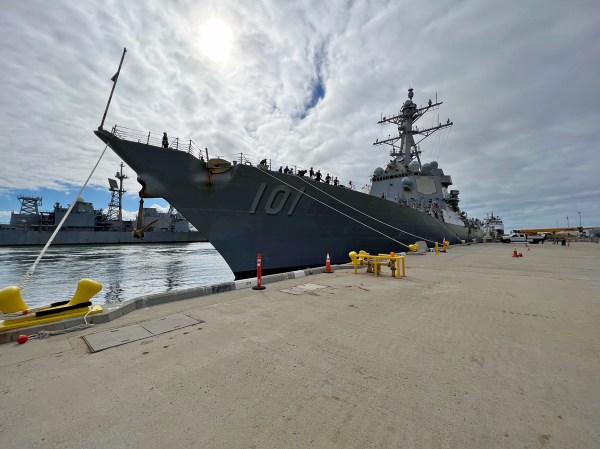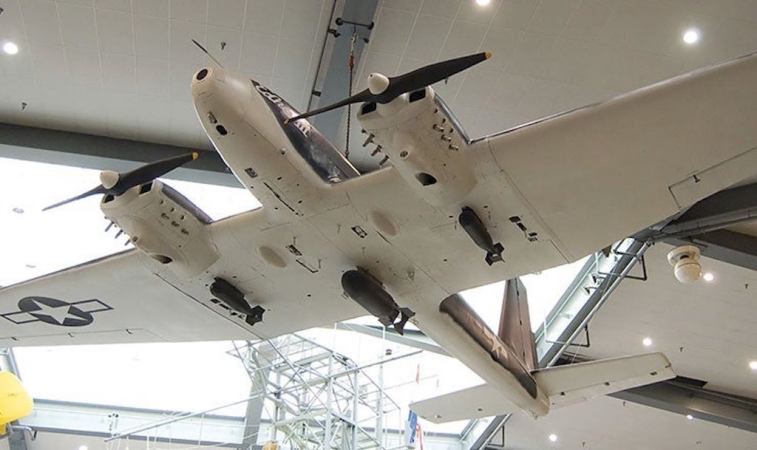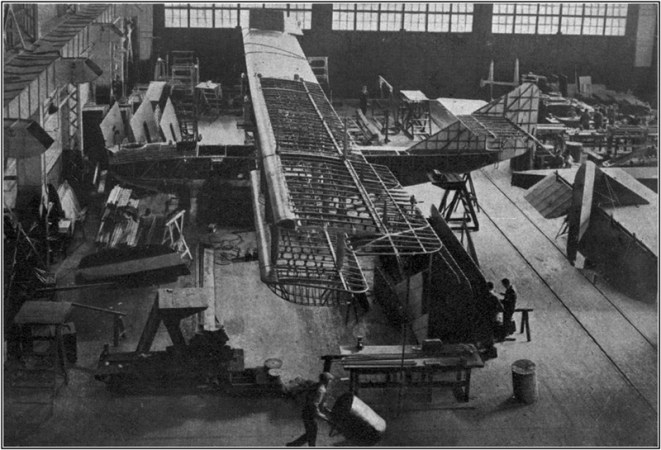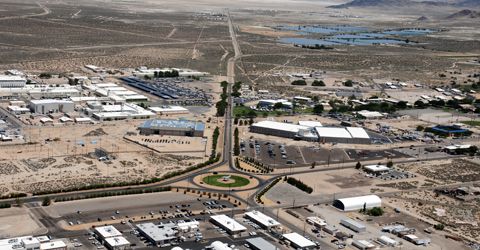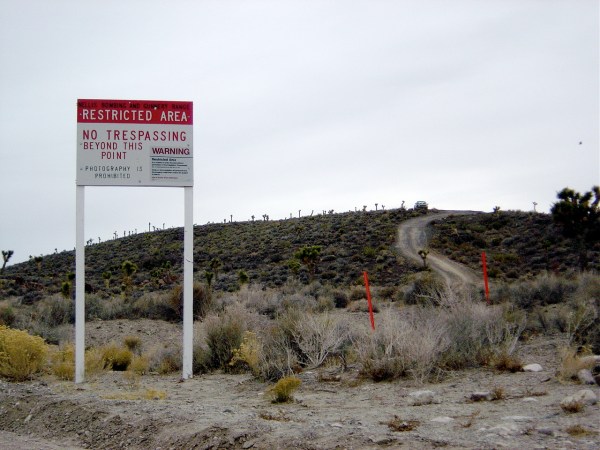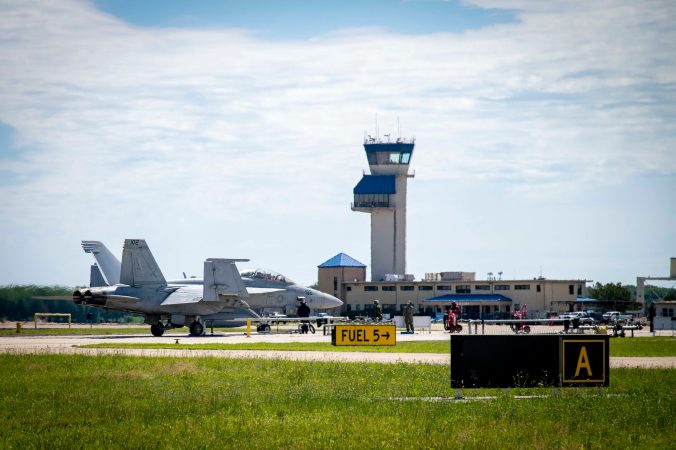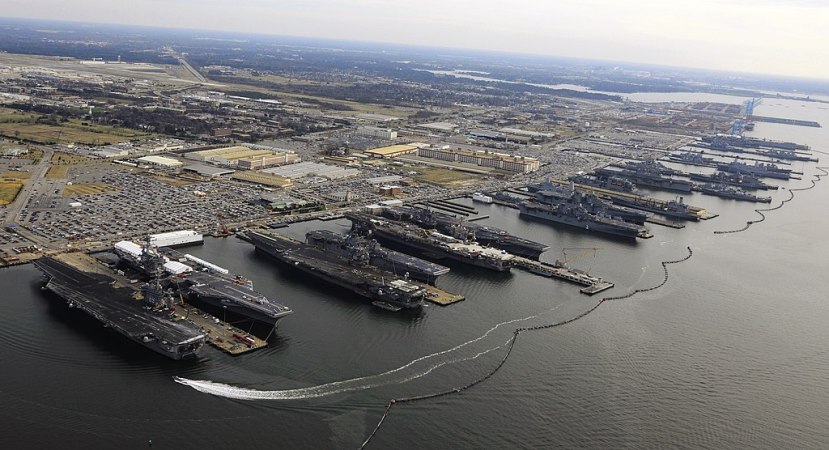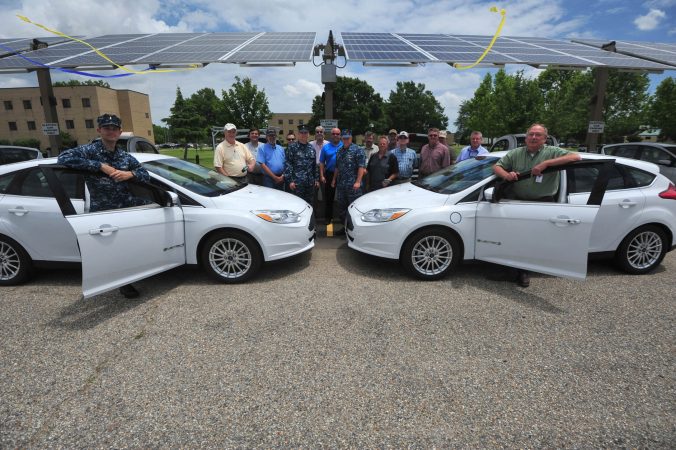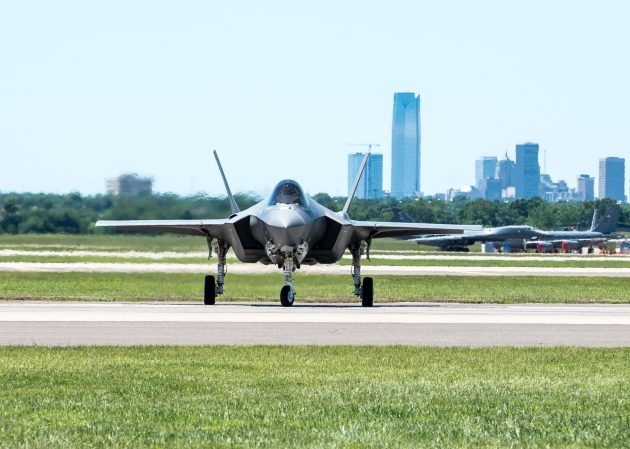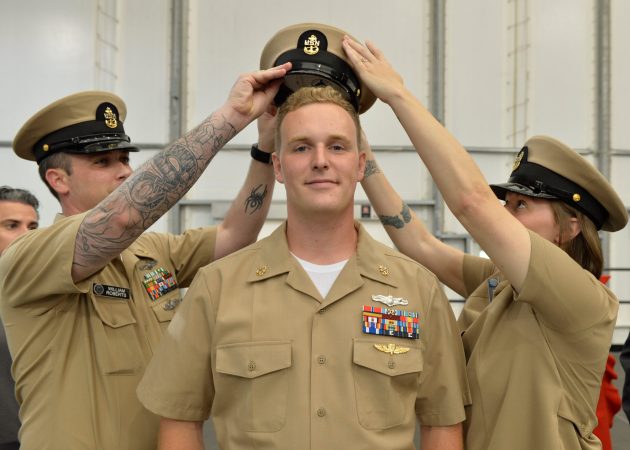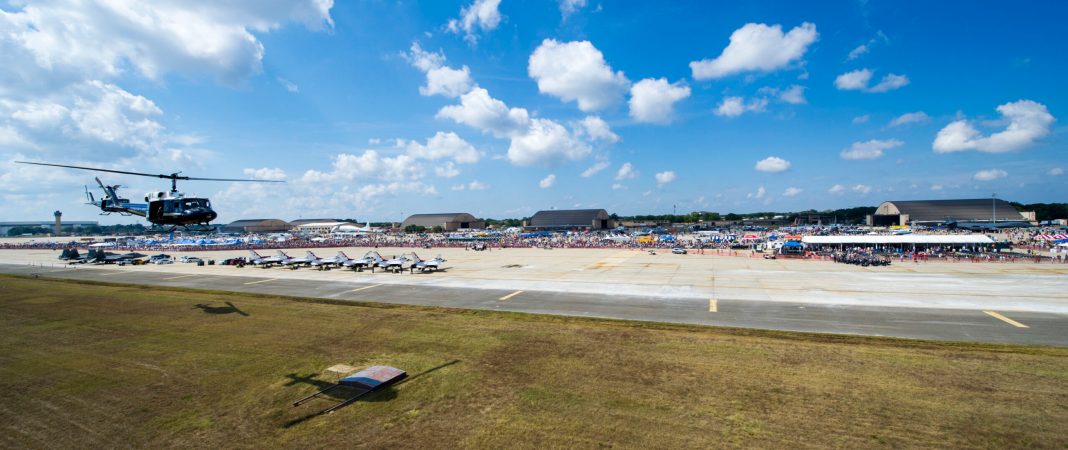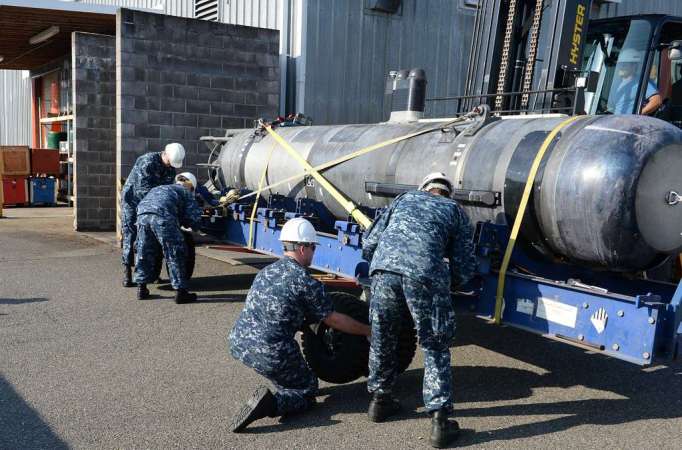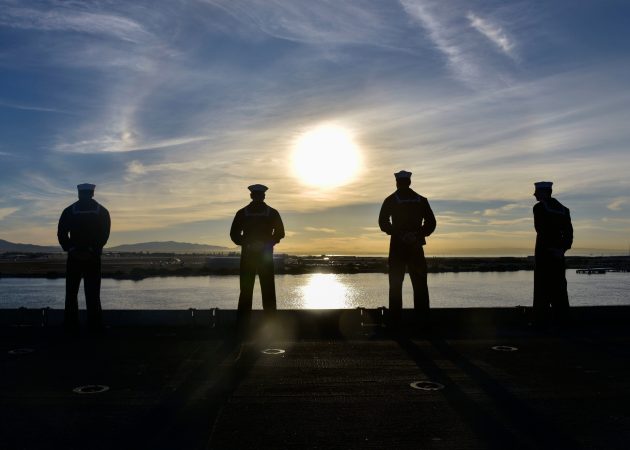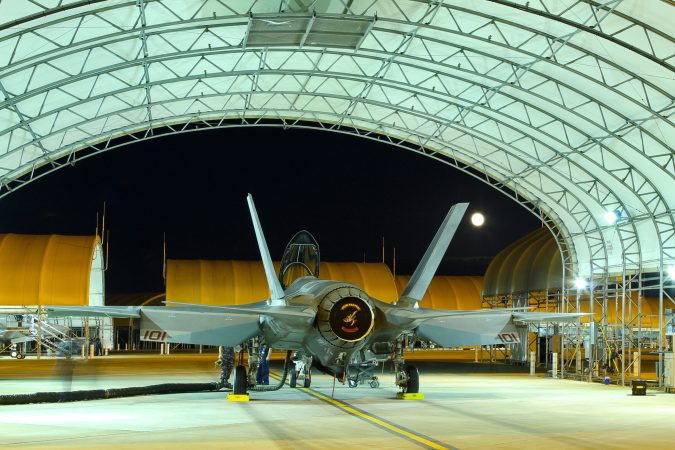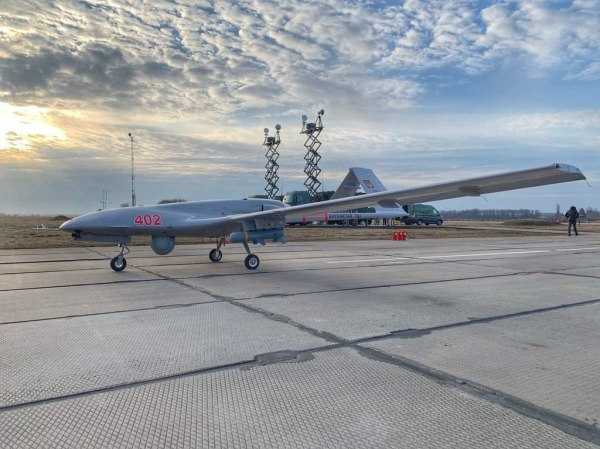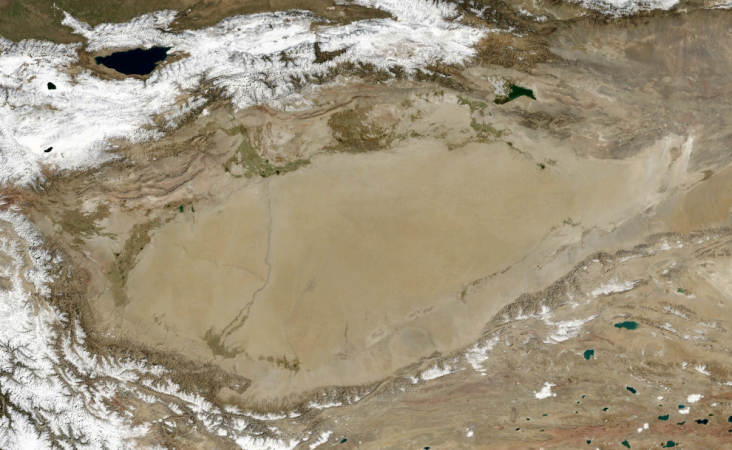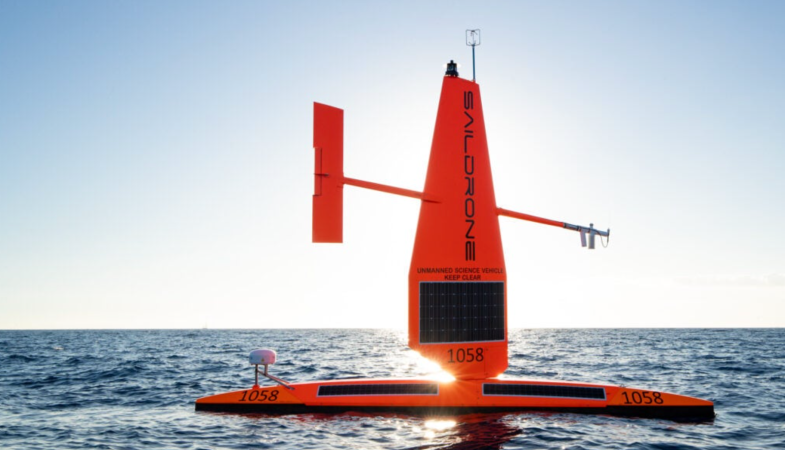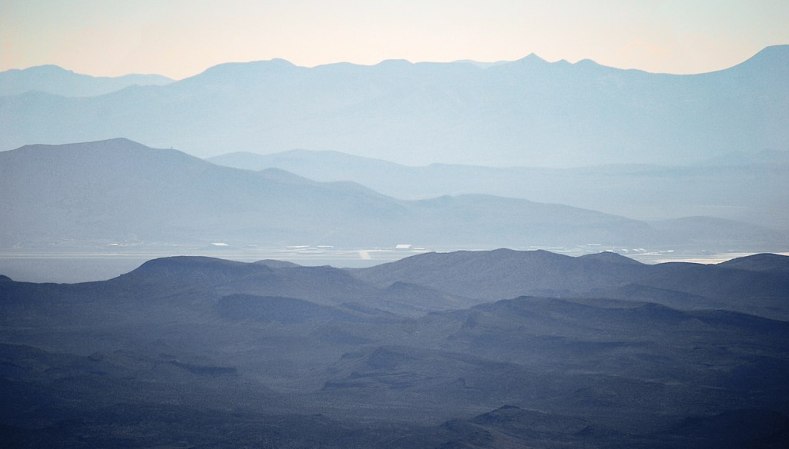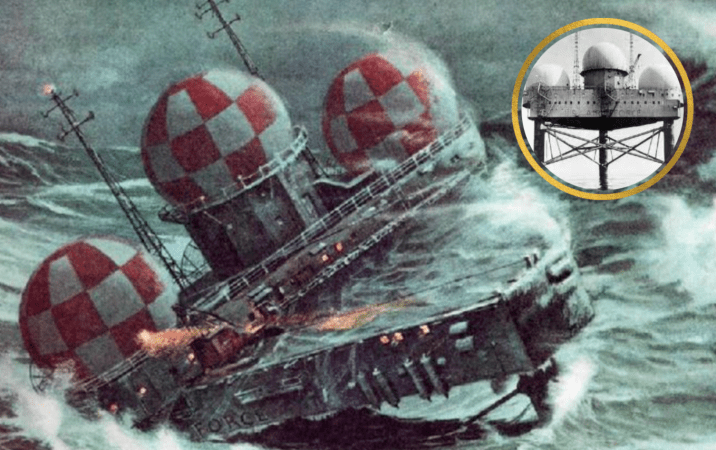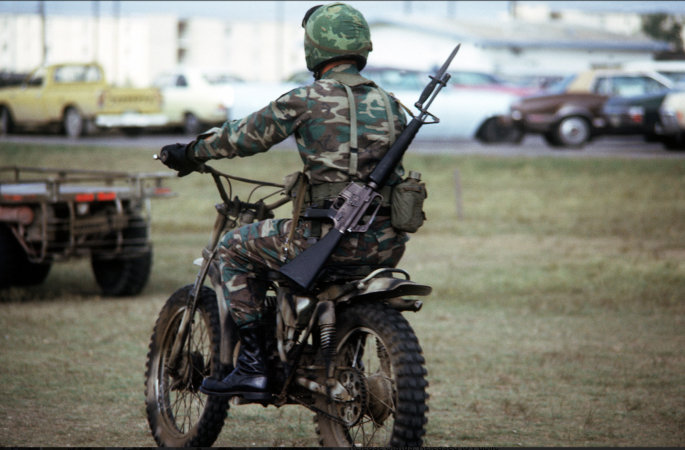The existence of the Air Force and Central Intelligence Agency (CIA) remote, ultra-classified aircraft testing site, Area 51, in the Nevada desert has been known since the 1950s. So of course, the U.S. Navy, which equally develops weapons systems using the leading edge of technology, had to have a similar facility. That site is the Atlantic Undersea Test and Evaluation Center (AUTEC) and is located on Andros Island in the Central Bahamas.
According to the U.S. Navy, AUTEC “provides instrumented operational areas in a real-world environment to satisfy research, development, test and evaluation requirements, and operational performance assessment of warfighter readiness in support of the full spectrum of maritime warfare.” Whew!
Why would such a highly classified facility be located outside the United States? The simple answer is geography. The exact location is known as “The Tongue of the Ocean” (TOTO) which separates the islands of Andros and New Providence. TOTO covers a large area of the open sea that is up to 6,000 ft. in depth. Basically, a deep, underwater canyon, with a flat bottom and surrounded on three sides by land. A 1963 joint agreement between the United States and the United Kingdom, with the concurrence of the Bahamian Government, authorized the construction and ongoing use of the site.
The complex has three test “ranges” for weapons, acoustics and a Fleet Operational Readiness Accuracy Check Site (FORACS) sensor range. These ranges perform vital functions such as measuring the acoustic signatures of submarines and validating those signatures before deployments, as well as anti-submarine and electronic warfare research and development activities. Given AUTEC has been described as one of the most advanced laboratories in the world, with three-dimensional operations, the site’s nickname of the “Navy’s Underwater Area 51” is understandable.

As with Area 51, inevitably conspiracy theories associated with the top-secret location, conveniently also nestled in the heart of the infamous Bermuda Triangle, abound.
Among these are unsubstantiated claims of aliens working with Navy personnel in a deep underwater base, time travel experiments, and tie-ins to the continuation of the alleged World War II Navy Philadelphia Experiment, an attempt at achieving invisibility and teleportation of warships and their crews.
A 2009 episode of the History Channel show “UFO Hunters” was devoted to exploring reports of both Unidentified Aerial Phenomenon (UAPs) and Unidentified Submerged Objects (USOs) on Andros island, and specifically in the vicinity of AUTEC. The episode synopsis online purports “to speak with former base employees and to search the waters around one of America’s most top-secret facilities.”
Extraterrestrial conspiracies aside, AUTEC became a key hurricane relief hub in 2019 when Category 5 storm Dorian ravaged islands in the northeast Bahamas. The U.S. Coast Guard deployed 13 helicopters to the AUTEC site and immediately began live-saving operations, supported by AUTEC staff, and was credited with saving over 200 lives in the immediate aftermath of the storm.
AUTEC also has a logistics and administrative support center in West Palm Beach, Florida.
Naval Ordnance Test Unit
About two hundred sea miles away from AUTEC, at Florida’s Cape Canaveral Space Force Station, there is a submarine turning basin and support complex- the Naval Ordnance Test Unit (NOTU). NOTU supports the testing of sea-based weapons systems for the United States Navy and the British Royal Navy in a safe environment utilizing the airspace and water space of the U.S. Space Command/NASA Eastern Range. Many of the operations are associated with the Trident missile system, used by both the U.S. and British Royal Navy.
NOTU is a major shore command led by a Navy captain, created in 1950. NOTU initially directed almost all of its efforts towards the development and subsequent support of the submarine-launched Fleet Ballistic Missile (FBM) program, enabled by the development of the nuclear-powered submarine. The site was critical in the development of the Polaris missile and later the Poseidon missile programs. There are approximately 100 active-duty U.S. Navy personnel and over 70 defense contractors.
Located immediately adjacent to the booming Port Canaveral cruise ship terminal, one of the busiest in the world, the occasional presence of large black submarines at the turning basin provides a curious sight for the thousands of cruise passengers passing through the terminal’s channel headed to or returning from, the open Atlantic.
While the Air Force might have a lock on being the usual suspect anytime there are unusual things in the sky over the southwest U.S., the U.S. Navy is not letting itself be out done where the land meets the Bermuda Triangle.


